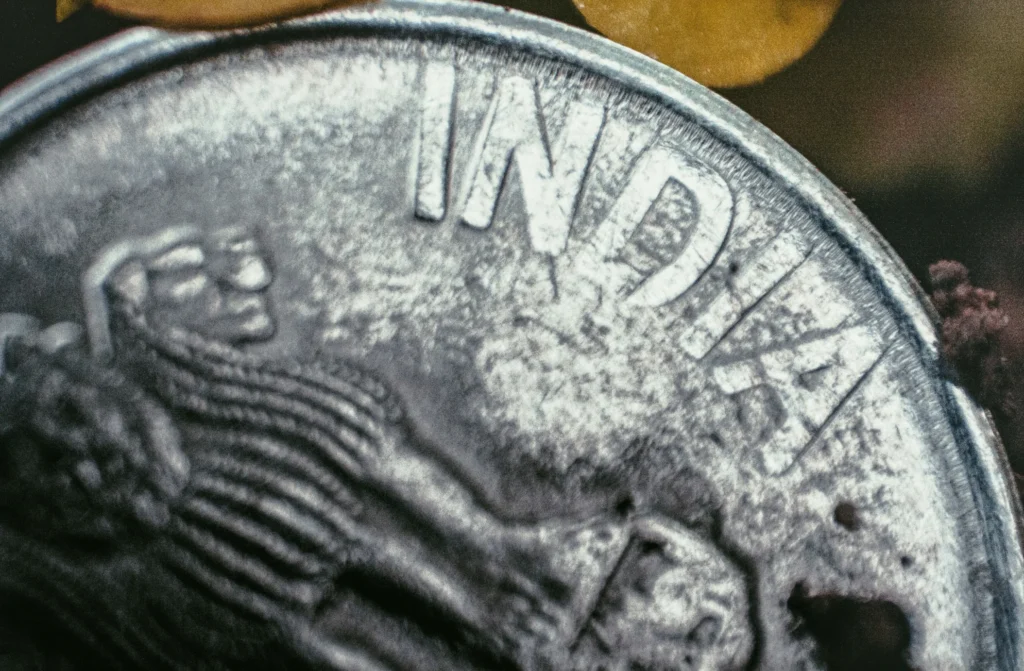
The Indian rupee (INR) has experienced a significant depreciation against the U.S. dollar (USD) in recent months, raising concerns among investors and policymakers. As of March 9, 2025, the rupee strengthened slightly to 87.1550 per USD, following intervention by the Reserve Bank of India (RBI) to defend the 87.40-87.50 range.
Factors Contributing to the Indian Rupee’s Depreciation
Several interconnected factors have contributed to the rupee’s recent slide:
- Global Trade Tensions: The escalation of trade conflicts, particularly those initiated by the United States against major partners like China, Mexico, and Canada, has heightened global economic uncertainty. These tensions have adversely affected emerging market currencies, including the INR.
- Foreign Investment Outflows: In 2025, foreign investors have withdrawn over $14 billion from Indian equities, exerting downward pressure on the rupee. This trend reflects concerns about India’s economic prospects amid global trade disputes.
- RBI’s Forward Dollar Position: To stabilize the rupee, the RBI has engaged in substantial forward dollar sales, resulting in a net short position of $77.5 billion as of January 2025. While this strategy aims to support the rupee, it has also reduced the comfort provided by India’s foreign exchange reserves, which have declined from $705 billion in late September to $640 billion.
Impact on the Stock Market
The depreciation of the rupee has had notable repercussions on India’s stock market:
- Equity Market Performance: The BSE SENSEX index has experienced volatility, with foreign investor sell-offs contributing to market declines. The withdrawal of foreign funds has been a significant factor in the stock market’s performance.
- Corporate Earnings: Companies that rely heavily on imported goods or services have faced increased costs due to the weaker rupee, potentially impacting profit margins. Conversely, export-oriented firms may benefit from a more competitive currency.
Performance of Other Major Currencies Against the Rupee
The rupee’s depreciation is not isolated; other major currencies have also experienced fluctuations:
- Euro (EUR): The rupee has weakened against the euro.
- British Pound (GBP): Similar to the euro, the rupee has depreciated against the British pound.
- Japanese Yen (JPY): The INR has also declined relative to the Japanese yen.
Outlook
Analysts anticipate that the rupee may continue to face downward pressure in the coming months. A Reuters poll suggests that the rupee could fall to 87.88 per dollar in three months and 88.30 by February 2026, extending its losing streak to the longest in over two decades.
The RBI’s monetary policy decisions, global trade developments, and foreign investment trends will play crucial roles in determining the rupee’s trajectory.
In conclusion, the rupee’s depreciation against the USD is a multifaceted issue influenced by global trade tensions, foreign investment patterns, and domestic monetary policies. Its impact on the stock market and broader economy underscores the importance of strategic interventions and policy measures to stabilize the currency and maintain investor confidence.